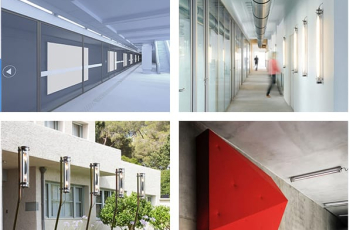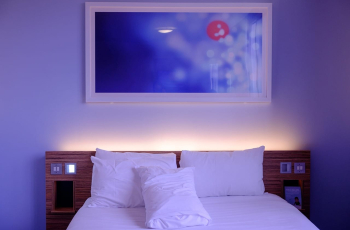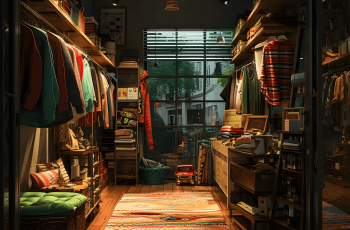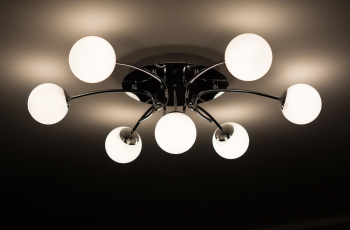Strategic Lighting Design: A Catalyst for Urban Economic Development
The integration of strategic lighting design in urban planning is redefining the landscape of economic development. As cities embrace the potential of the night economy, the role of lighting in driving commercial growth becomes increasingly significant. This article explores how innovative lighting solutions can be leveraged to enhance urban economic vitality. The Night Economy and Lighting Design The advent of the night economy industry has significantly elevated the value of commercial lighting design. This transformation is evident in the profit model, competition, and the diverse participants it attracts. The lighting design of shopping malls and commercial districts during the night is a new business model that uses lighting as a gateway to marketing and creativity. Driving Night Economic Development Creative lighting design plays a dual role in promoting the night economy. Directly, it attracts more visitors to shopping malls and commercial districts through open night tours, stimulating the consumption of goods and entertainment services. Indirectly, it extends the duration of consumer stays, boosting spending in areas like catering, and thus driving economic growth. Attracting visitors with strategic lighting design. Creating Visual Focus and Merchandise Appeal The lighting design of shopping centers encompasses more than just architectural and plant lighting. It extends to business signs, shop windows, and facades. Advanced lighting technology effectively creates visual focal points that highlight the characteristics of merchants and products. This not only enhances the shopping experience but also monetizes foot traffic through thematic elements, aligning with the advertising efforts of merchants and expanding profit models. Enhancing merchandise appeal through lighting. Lighting Design and the IP Economy Lighting design is increasingly being integrated with intellectual property (IP) and business themes. This involves a deep consideration of how light interacts with IP, business models, human-light environments, and the interactive experience of people with lights. The combination…













